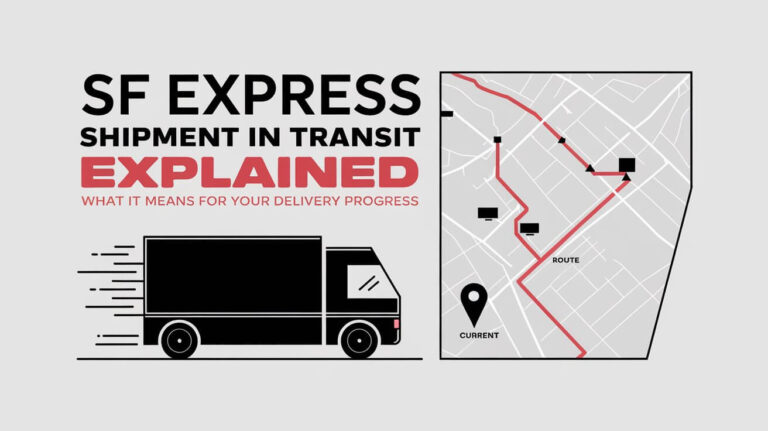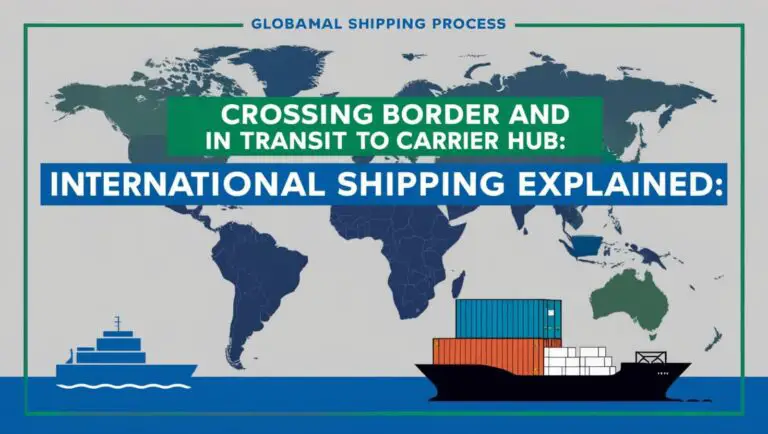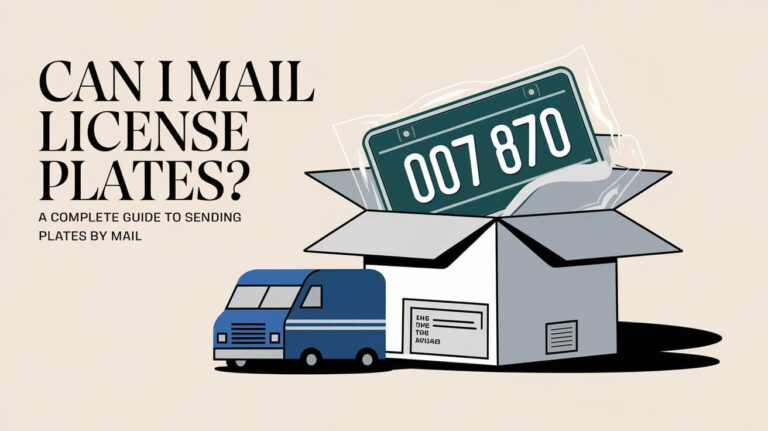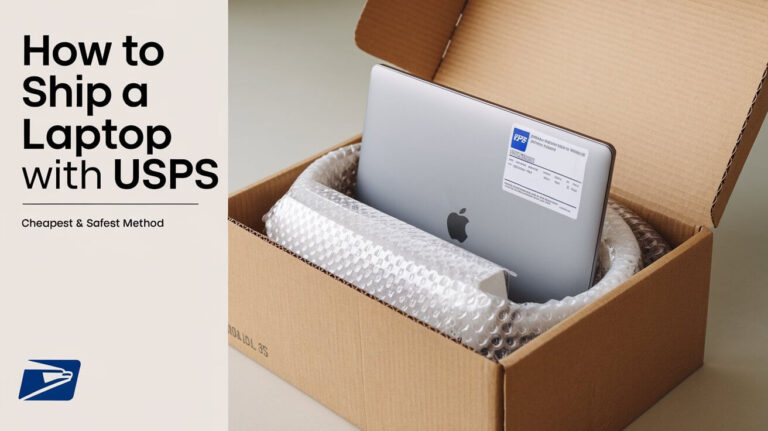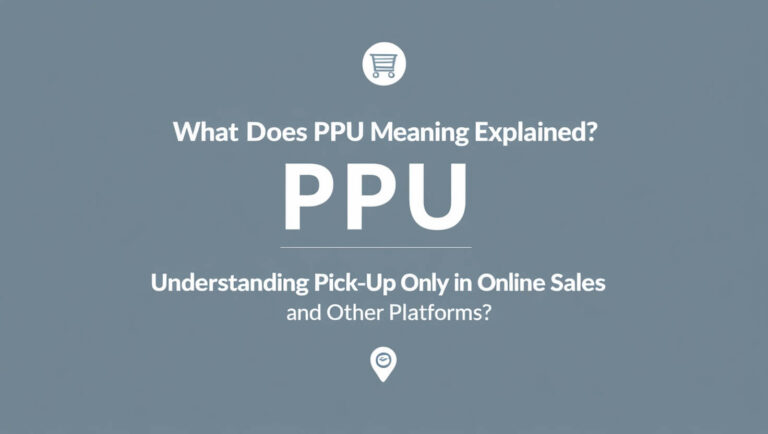How to Mail a Check Safely: Best Practices & Security Tips
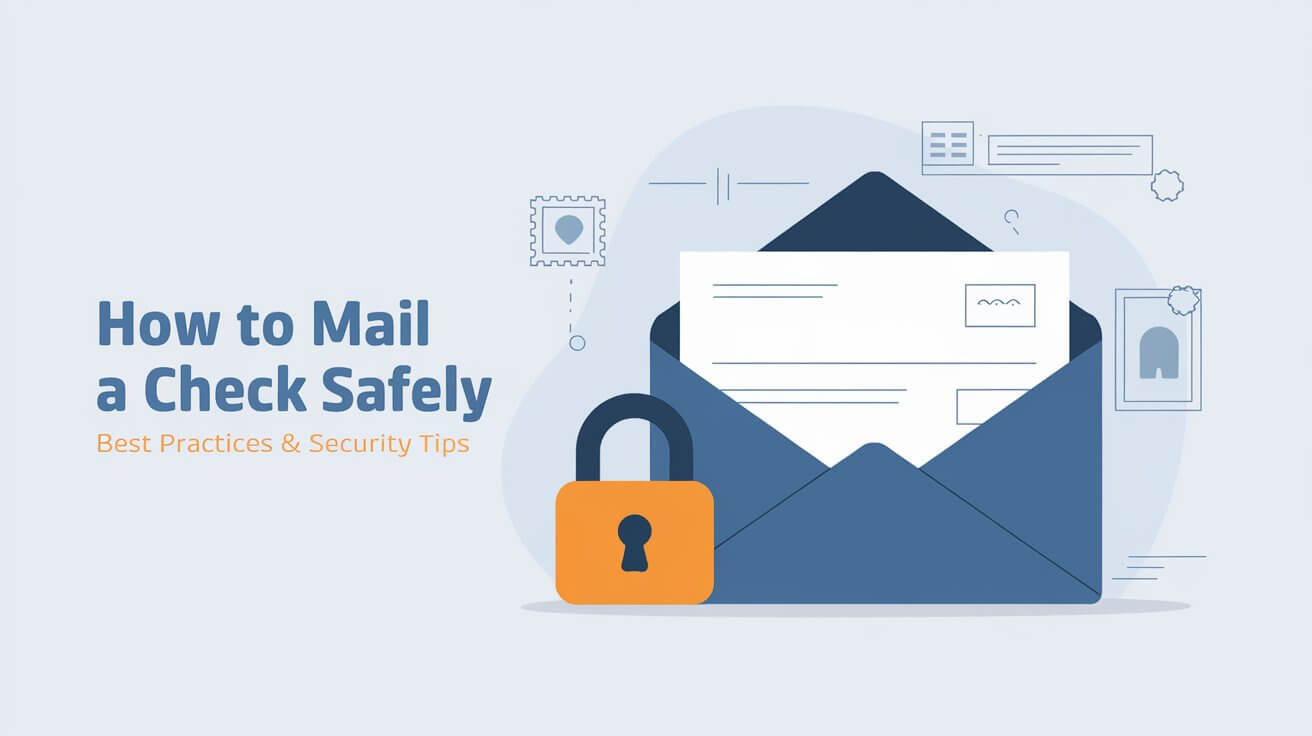
Mailing a check may seem like an outdated task in today’s digital world, but it’s still common for many individuals and businesses. Whether you need to pay rent, settle a bill, or send a gift, mailing a check is often necessary. However, there are risks associated with sending checks through the mail, such as theft and fraud. This article will explore how to mail a check safely, including the best practices and additional steps to protect your check from being intercepted or altered.
Why Mailing Checks is Still Relevant
Despite the growing popularity of online payment systems, checks remain a popular method of payment for many reasons:
- Reliability for personal transactions: Checks are still trusted for rent payments, personal gifts, or paying vendors who don’t accept digital payments.
- No need for bank details: Unlike online payments, mailing a check does not require the recipient to have your bank details.
- Widely accepted: Many businesses and individuals prefer checks, especially when dealing with large sums of money, and they provide an easy paper trail for both the sender and recipient.
However, with the rise in mail-related fraud, ensuring the safety of your check has become crucial. Theft of checks, sometimes referred to as “check washing” where criminals alter the check, is on the rise. To avoid this, there are specific steps you can take to protect your check and ensure it reaches its destination safely.
Steps to Safely Mail a Check
Preparing the Check
Use the Right Pen
When writing your check, the type of pen you use can make a significant difference. Use a gel pen rather than a ballpoint pen. Gel ink is more resistant to check washing, a common fraud technique where criminals remove or alter the ink on a check. Gel ink seeps into the paper fibers and is much harder to remove or alter than ballpoint ink.
Endorse the Check Securely
In the endorsement section, it’s essential to add “For deposit only to account of payee.” This simple addition prevents anyone other than the payee from cashing the check. This extra step ensures that even if the check falls into the wrong hands, it cannot be easily altered or deposited into a different account.
Avoid “Pay to Cash” Checks
Never write a check to “cash.” Doing so is equivalent to sending someone cash in the mail because it can be deposited by anyone. Always write the check out to a specific person or business.
Choosing the Right Envelope
Use a Security Envelope
Avoid using thin or transparent envelopes. A security-tinted envelope ensures that the contents cannot be seen through the paper. These envelopes usually feature an inner pattern that hides the check from being visible when held up to light, making it less likely to be targeted by thieves.
Use Bubble Mailers for Larger or Important Checks
For larger checks or checks that are particularly valuable, consider using a bubble mailer. This type of envelope not only adds extra security but also protects the contents from damage during transit. It also makes the envelope less likely to be opened by accident.
Hiding the Check’s Presence
Fold the Check Inside a Letter
Never send a check by itself in an envelope. Instead, place it inside a folded piece of paper or a letter. This adds an extra layer of privacy, making it harder for anyone to determine that there’s a check inside.
Avoid Labels that Draw Attention
While it may seem like a good idea to mark your envelope as “important” or “urgent,” this can attract unwanted attention. Thieves are more likely to target mail that seems valuable. Keep your envelope plain and unassuming.
Addressing the Envelope Correctly
Double-Check Recipient Information
Be sure to carefully write the recipient’s name and address to avoid misdelivery. A small mistake in the address can cause the check to be sent to the wrong place or returned to you.
Use a Return Address
Always include a clear return address. This ensures that if something goes wrong, the check can be sent back to you instead of getting lost.
Use Printed Labels for Clarity
Consider using printed address labels rather than writing addresses by hand. Printed labels are easier to read and minimize the risk of your mail being sent to the wrong location due to illegible handwriting.
Best Mailing Practices for Maximum Security
Dropping Off the Check
Avoid Leaving Mail in Residential Mailboxes
If possible, avoid putting outgoing mail in your personal mailbox, especially with the flag up. The raised flag signals that there is outgoing mail, which can make your mailbox a target for thieves.
Drop Off at a USPS Collection Box or Post Office
The safest option is to drop off your mail at a USPS collection box or directly at a post office. These options are more secure than leaving mail in an unmonitored location. If using a collection box, try to drop off the check shortly before the pickup time to minimize the time it sits in the box. Avoid weekends and evenings when mailboxes might sit unemptied for longer periods.
Certified or Registered Mail Options
Certified Mail for Tracking and Proof of Delivery
Using Certified Mail provides a mailing receipt and tracks the letter’s progress. This service allows you to confirm when your check has been delivered or if a delivery attempt was made. It’s ideal for important checks where proof of receipt is necessary.
Registered Mail for Maximum Security
If you are sending a high-value check, consider Registered Mail. This option allows you to insure the mail and track it at every step. Registered Mail also involves more stringent security measures during transit, making it the most secure option offered by USPS.
What to Do If a Check is Lost or Stolen
Stop Payments
How to Stop a Check
If you realize that a check you mailed has been lost or stolen, contact your bank immediately to request a stop payment. This will prevent the check from being cashed or deposited. Most banks will require details like the check number, amount, and payee to process the stop payment.
Be Aware of Time Limits and Fees
Stop payments are typically available for a set period (usually six months), after which the request needs to be renewed. Be aware that banks often charge a fee for stop payments, so it’s best to check with your bank ahead of time about the cost and duration of the stop payment.
Reporting Mail Theft
Report to USPS Postal Inspection Service
If you suspect your mail has been stolen, report the incident to the USPS Postal Inspection Service. This agency is responsible for investigating mail-related crimes and can help you track down the stolen mail.
Monitor Your Bank Account
Since your check includes your bank account information, keep an eye on your bank account for any unusual activity. If your check is intercepted, someone might try to access your account fraudulently. In extreme cases, consider requesting a new account number from your bank.
Alternatives to Mailing Checks
Money Orders
How Money Orders Work
Money orders are a great alternative to checks. They are similar in function but don’t include sensitive bank details like account numbers. This makes them a safer option if you’re worried about check fraud.
Where to Get a Money Order
Money orders can be purchased at post offices, grocery stores, and convenience stores for a small fee. They require the recipient to show identification before cashing, which adds an extra layer of security.
Cashier’s Checks
For Larger Sums of Money
For transactions involving larger amounts of money, cashier’s checks are a secure alternative. Issued directly by a bank, cashier’s checks are backed by the bank’s funds and are typically harder to counterfeit than personal checks.
Cost of Cashier’s Checks
Though more expensive than money orders, cashier’s checks provide peace of mind when mailing large sums of money, as they include additional security features and are less prone to fraud.
Digital Payment Options
PayPal, Venmo, and Bank Transfers
For added security and convenience, consider switching to digital payment methods like PayPal, Venmo, or direct bank transfers. These methods eliminate the risk of mail theft and check fraud while providing instant or same-day payment processing.
Preventing Check Fraud and Scams
Avoid Suspicious Requests
Common Check Scams
Be wary of requests for checks from unfamiliar sources. Scammers often ask for a check and then manipulate the details, costing you money and potentially exposing your bank information. Always verify the recipient’s legitimacy before sending any payment.
Protecting Your Bank Information
Personal Information Exposure
Checks inherently expose your bank account number. To limit risk, only send checks when absolutely necessary, and follow all the security steps mentioned above to protect your bank information.
USPS Efforts to Combat Mail Theft
Recent Security Measures
The USPS has implemented various security measures, including enhanced protection for collection boxes and improved mail tracking services. Additionally, the USPS Informed Delivery service allows you to see what mail is arriving at your address before it’s delivered, adding an extra layer of protection.
Stay Updated on Mail Delivery
Informed Delivery lets you preview the mail coming to your home. This feature ensures you know when a check is expected and can take action if it doesn’t arrive.
Conclusion
Mailing a check can still be a safe and reliable way to send money, provided you follow essential security steps. Using the right tools, such as gel pens and security envelopes, and taking precautions like sending checks via Certified Mail can greatly reduce the risks of theft and fraud. If you’re concerned about the security of mailing checks, consider alternatives like money orders, cashier’s checks, or digital payments, which can offer even more protection.
By staying vigilant and following these steps, you can mail checks confidently,while maintaining control over your personal financial information. Whether you’re mailing a routine payment or something more significant, taking these extra steps ensures that your mail is handled securely, minimizing the risks.

